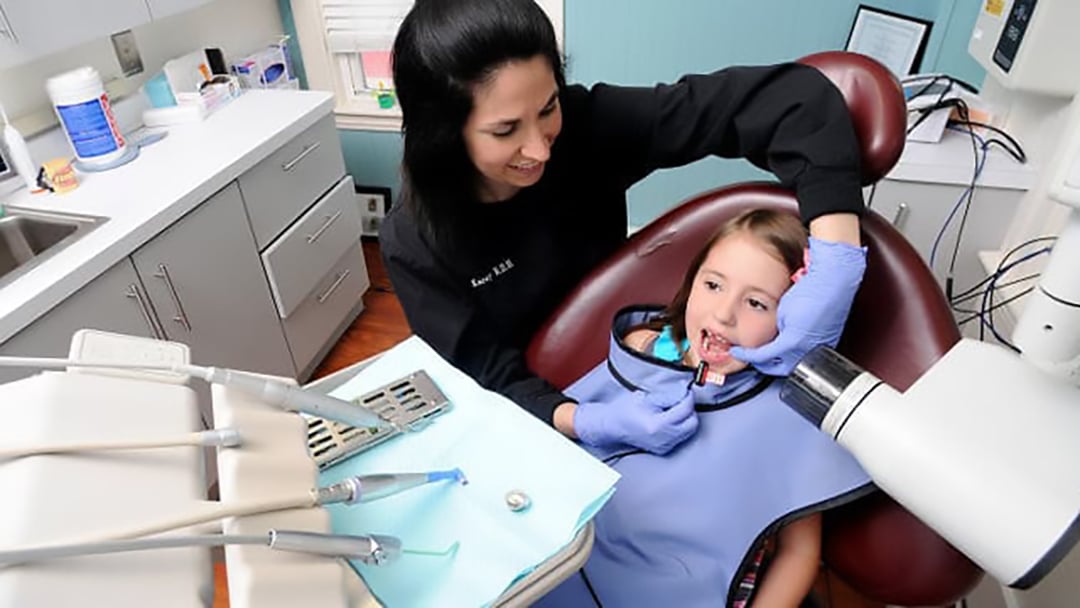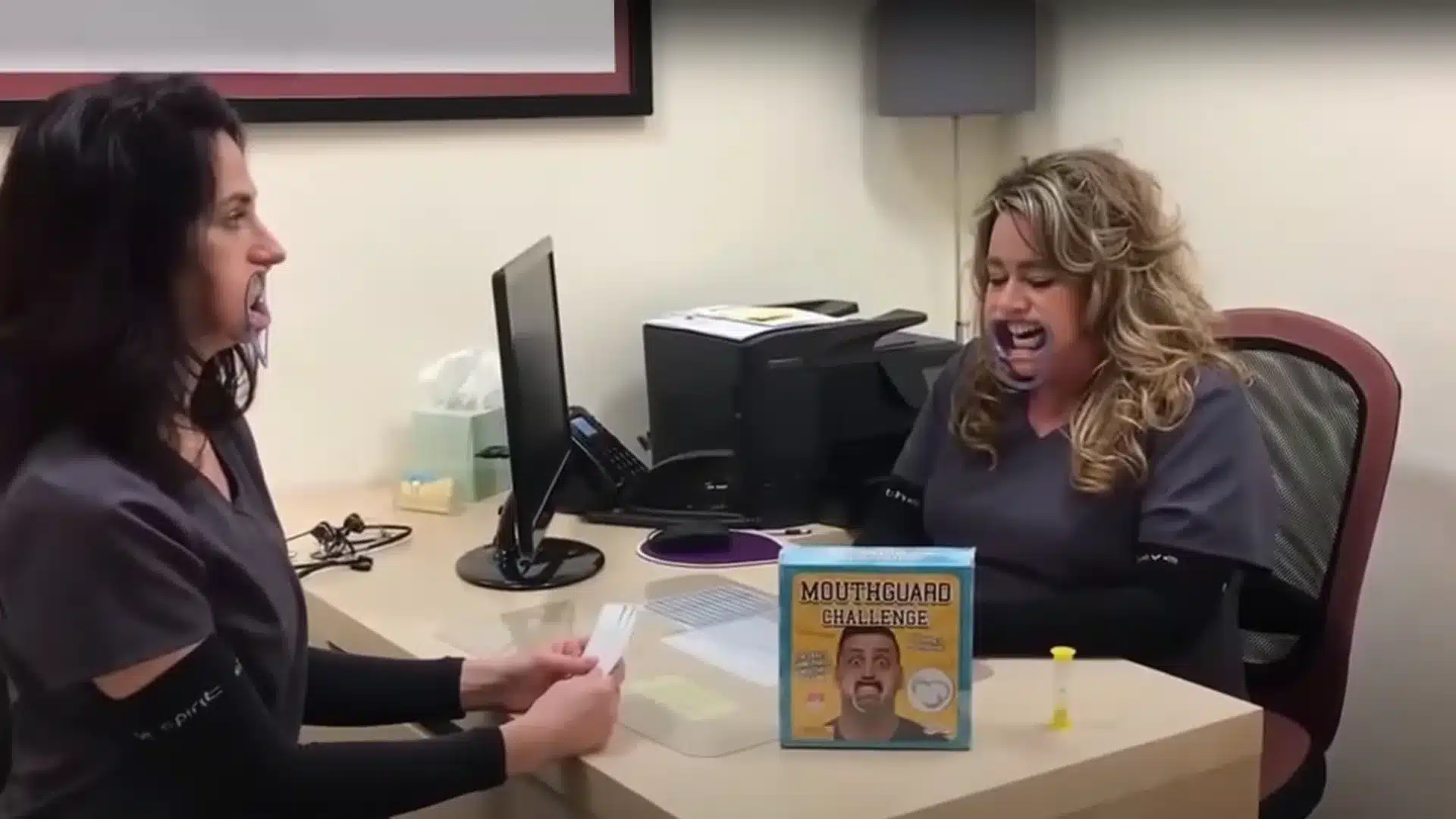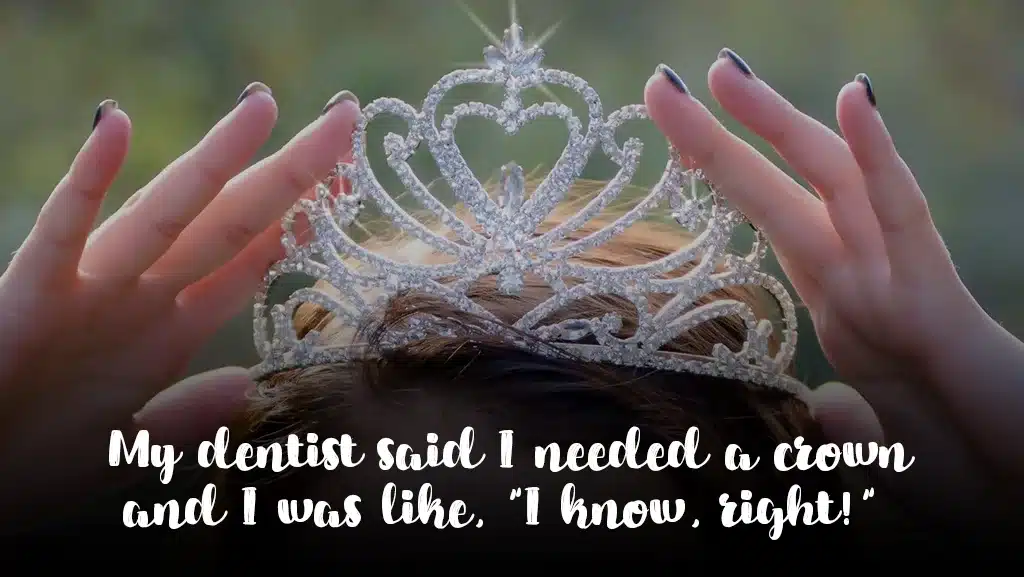April 10, 2012 — In response to the study released today that found an association between frequent dental x-rays and an increased risk of developing meningioma, the ADA issued the following statement:
The ADA has reviewed the study and notes that the results rely on the individuals’ memories of having dental x-rays taken years earlier. Studies have shown that the ability to recall information is often imperfect. Therefore, the results of studies that use this design can be unreliable because they are affected by what scientists call “recall bias.” Also, the study acknowledges that some of the subjects received dental x-rays decades ago when radiation exposure was greater. Radiation rates were higher in the past due to the use of old x-ray technology and slower speed film. The ADA encourages further research in the interest of patient safety.
The ADA noted that its long-standing position is that dentists should order x-rays for patients only when necessary for diagnosis and treatment. Since 1989, the ADA has published recommendations to help dentists ensure that radiation exposure is as low as reasonably achievable.
As part of the ADA’s recommendations to minimize radiation exposure, the ADA encourages the use of abdominal shielding and thyroid collars on all patients. In addition, the ADA recommends that dentists use E or F speed film, the two fastest film speeds available, or a digital x-ray.
At Drews Dental Services, P.C. we follow all guideline established by The Maine Radiation Control Program. The x-ray section registers approximately 1060 x-ray facilities . There is an annual registration fee per x-ray machine and a requirement for periodic inspections. These inspections are performed by third party Qualified Experts who are approved by the agency.
We also insure we are using the lowest amount of x-ray radiation by using Kodak digital x-ray technology. With digital radiography, the dentist is able to acquire more information than they were able to with film. Digital x-ray sensors are much more sensitive to radiation than film x-rays. Because of this, dentists are able to turn the amount of radiation down to about 50% of the radiation than was used with film. This is safer for you in more ways than one: you get less radiation and the doctor sees more information and is able to more accurately diagnose the health of your mouth and teeth.
If you have any questions, give us a call at 207-782-5308 for an appointment!





